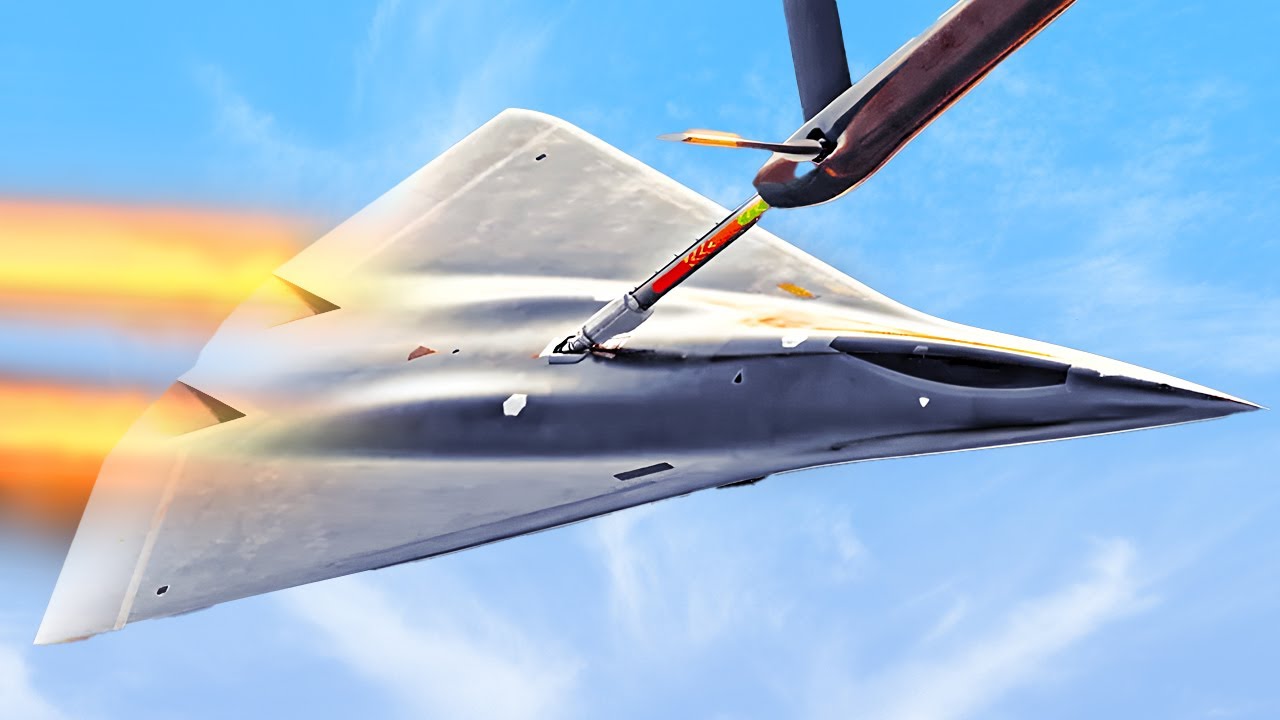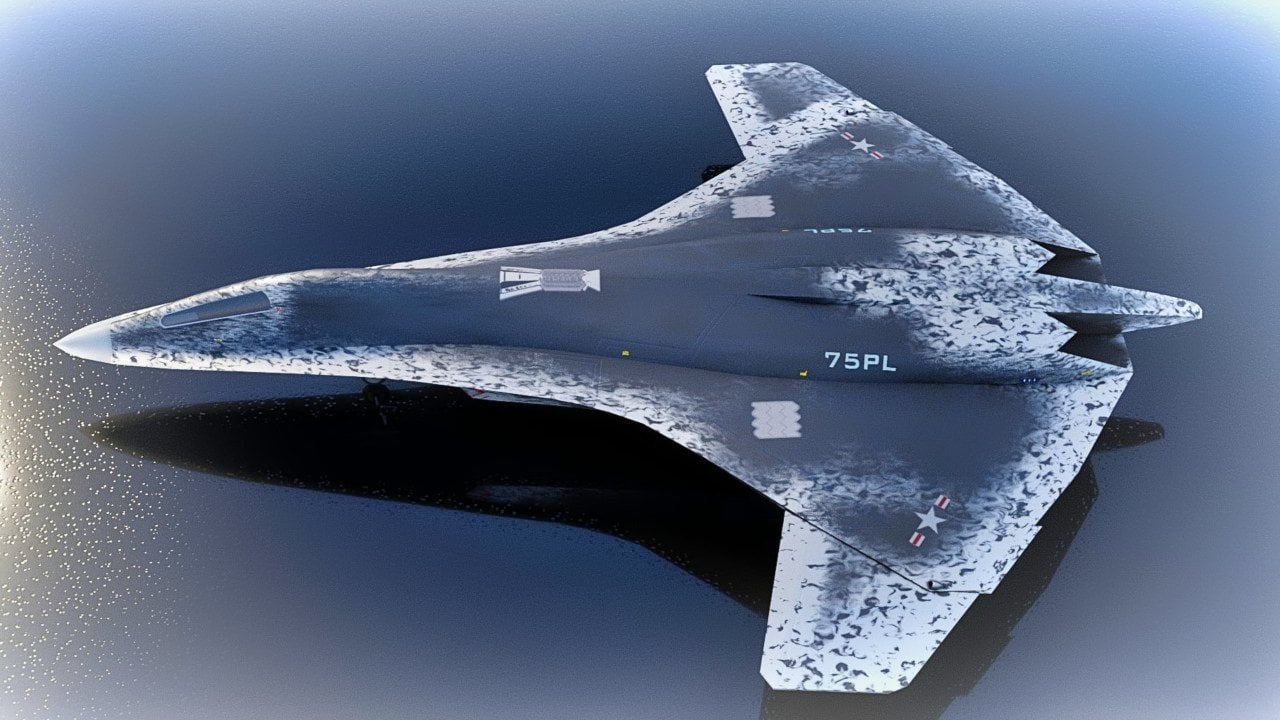The NGAD Fighter Might Have 1 One Problem It Can't Shake
The U.S. Air Force’s Next Generation Air Dominance (NGAD) fighter, designed to secure air superiority in future conflicts, faces financial hurdles that may halt its progress.
Just Too Expensive?: The U.S. Air Force’s Next Generation Air Dominance (NGAD) fighter, designed to secure air superiority in future conflicts, faces financial hurdles that may halt its progress.
-Originally projected to cost three times more than the F-35, the NGAD program was paused due to concerns over affordability, raising questions about sustaining air superiority against China.
-Additionally, rising debt, military spending limits, and competing priorities, such as modernizing the nuclear triad, complicate funding for NGAD.
-As the Air Force re-evaluates the NGAD program, the broader challenge remains: Can the U.S. sustain air dominance in the Pacific amid fiscal constraints and evolving defense priorities?
Budget Cuts Threaten U.S. Air Force’s Sixth-Generation NGAD Fighter Program
The Next Generation Air Dominance (NGAD) fighter aircraft meant to secure U.S. air superiority in the 2030s and beyond might be facing an adversary it can’t defeat: budget constraints.
The Air Force paused its sixth-generation fighter program in July after price projections showed it would cost three times more than an F-35 joint strike fighter—currently the world’s most expensive weapons program with each aircraft costing $80 million and $100 million apiece. Analysts and policymakers have criticized the Air Force’s hesitation and warned it puts U.S. air superiority at risk, especially against China. In a recent op-ed, Sens. Roger Wicker and Eric Schmitt, both members of the Senate Armed Services Committee, said the NGAD fighter’s high cost was an “unconvincing reason” to pause the program.
Convincing or not, it’s unavoidable that the Air Force, like the other services, will be facing a budget crunch in the coming years. The need to prioritize funding for more relevant budget items means that Air Force leaders are right to rethink and if needed, cancel the NGAD program.
Air Force officials have stated that they want the NGAD fighter to have range, stealth, and payload capacity superior to the F-22 fighter to contest Chinese air power in the Pacific. The manned NGAD platform will also operate with unmanned Collaborative Combat Aircraft (CCA) as part of a “family of systems.”
However, recent aircraft acquisition programs should make policymakers wary of committing themselves to another technologically exquisite fighter jet. Cost overruns in the F-22 program forced the Air Force to cut its procurement goal from 648 to less than 200 when per unit costs rose to $143 million. Meanwhile, between October 2001 and December 2021, baseline estimates for the F-35’s total program costs increased from $233 billion to $416 billion. An April Government Accountability Office report noted that “the Air Force will pay $6.6 million annually to operate and sustain each individual [F-35] … well above the $4.1 million original target.”
Fiscal trends do not favor the defense spending increases needed to accommodate the NGAD’s costs. This year, interest payments on the federal debt eclipsed U.S. defense spending for the first time. The pain will be felt across every department and agency in the coming years as interest payments eat into a greater share of the discretionary federal budget.
Greater fiscal strain will place more pressure on an already overstretched military. Some analysts project that overall defense spending would have to increase annually by $25 billion just to keep pace with inflation. The 2024 Commission on the National Defense Strategy, rather than contemplate long overdue cuts to missions and force structure, called for entitlement reforms and higher taxes to fund defense spending increases of 3 to 5 percent above inflation. But it’s unlikely that Congress will do an about-face on these political nonstarters anytime soon.
Mindful of the looming budget squeeze, Secretary of the Air Force Frank Kendall stated last month that he wants the NGAD fighter to cost the same as an F-35. Yet, procuring 200 NGAD fighters, as the Air Force reportedly wants to, would still cost upwards of $20 billion. And this doesn’t include the multi-decade operation, maintenance, and sustainment costs that have made the F-35 program so expensive.
It’s also not clear a cheaper and less capable NGAD fighter would reduce overall program costs. The manned fighter would likely end up transferring critical components for its air superiority mission, such as electronic warfare capabilities, sensors, and datalinks, to CCAs. This would push the cost of CCAs up and undermine the objective of procuring thousands of cheap unmanned aircraft to fly alongside the manned NGAD platform.

The NGAD program’s prospective price tag looks even more daunting with two big-ticket items higher on the Air Force’s priority list: the modernization of the land and air legs of the nuclear triad.
The Sentinel ICBM program is a generational revamp of America’s half-century-old land-based nuclear missile force that involves modernizing 450 silos in several states, building 600 new missiles, and installing new launch control facilities. But the two-decade effort is already years behind schedule and 81 percent over budget at $141 billion.
Modernizing the air leg of the nuclear triad isn’t cheap either. The B-21 Raider will provide the Air Force with a new strategic bomber capable of executing conventional and nuclear strike missions anywhere in the world. Updated unit costs haven’t been released but industry estimates indicate the bombers could cost nearly $700 million apiece. If the Air Force follows through on purchasing 100 Raiders for its fleet, that would be a $70 billion investment with hundreds of billions more in operating expenses to be paid over 30 years. And it doesn’t end there: procurement costs for the B-21’s nuclear-armed AGM-181 Long Range Stand-Off missile will increase from nearly $300 million in FY 2026 to $2.2 billion in 2029 as production ramps up.

Finally, it’s worth asking whether the goal of achieving air superiority in a conflict with China is a realistic one. China’s geography and military modernization could offset U.S. air power’s technological advantages in several ways. Chinese air bases would largely operate in a sanctuary; regional U.S. air bases would be under constant threat from thousands of Chinese missiles. Chinese aircraft would have shorter and more secure logistics lines; U.S. warplanes would need to be sustained over thousands of miles across the Pacific.
The Pentagon’s inability to prioritize threats benefits China too. The People’s Liberation Army Air Force, which has 1,300 fourth-generation fighters and hundreds of fifth-generation platforms, is largely concentrated on the Asia-Pacific while America’s shrinking Air Force is split between Europe, Asia, and the Middle East.
Matching Chinese air power in a Pacific war would be a difficult task with or without the NGAD fighter. And fiscal realities are forcing the Air Force to make tough choices about what priorities need to be funded. Service leaders are right to take a hard look at the NGAD concept before writing another expensive chapter in the Pentagon’s acquisition history.
About the Author
Matthew C. Mai is a contributing fellow at Defense Priorities.
This article was first published by RealClearDefense.


